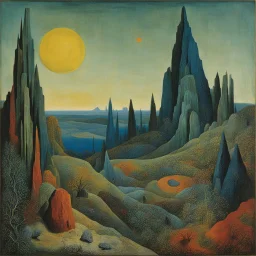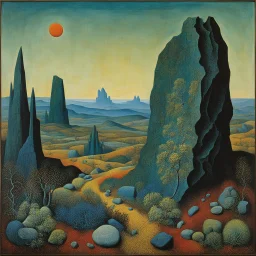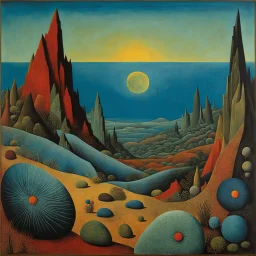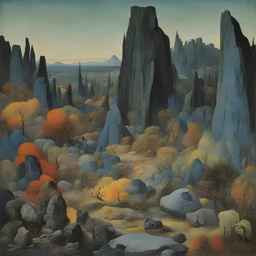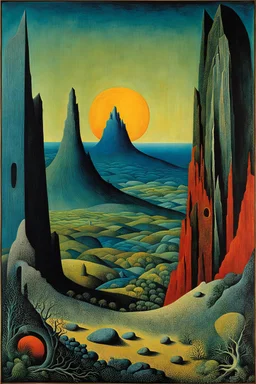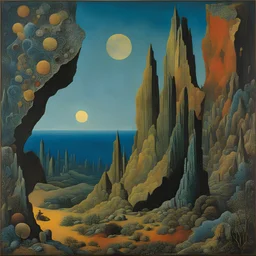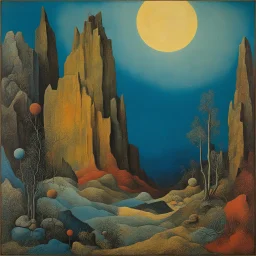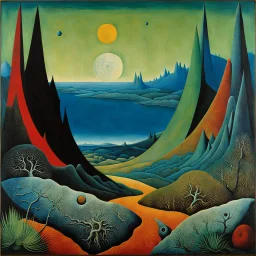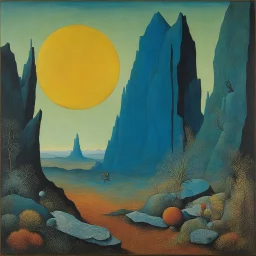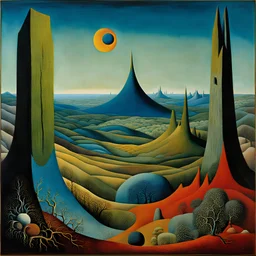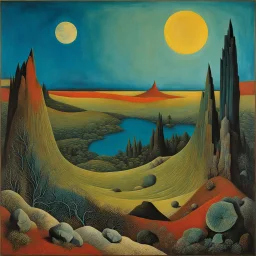
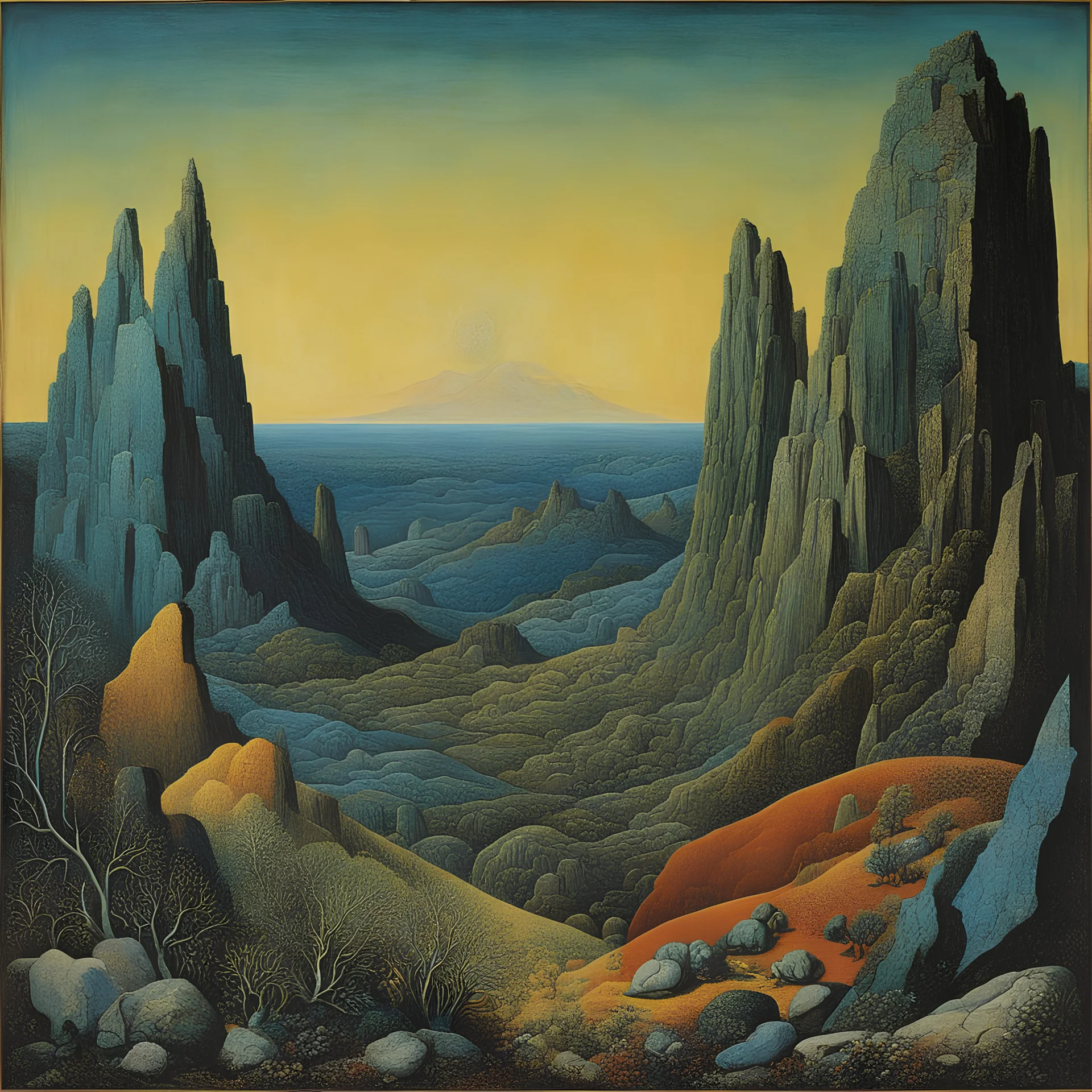
@Mabaaigen
Prompt
For The Eyes of Silence Max Ernst employed a technique called decalcomania to create arbitrary textures on the canvas, which he then reworked to resemble rock formations and forms of animals, plants. a primordial-like "part vegetation, part rock and part bejewelled
Poorly drawn, pixelated, compressed, low resolution, normal quality, low quality, bad anatomy, bad proportions, cloned face, duplicate, extra arms, extra limbs, extra legs, fused fingers, gross proportions, long neck, malformed limbs, extra legs, fused fingers, watermark, signature, username, jpeg artifacts, jpg artifacts
2 years ago
Model
SSD-1B
Guidance Scale
7
Dimensions
4096 × 4096
